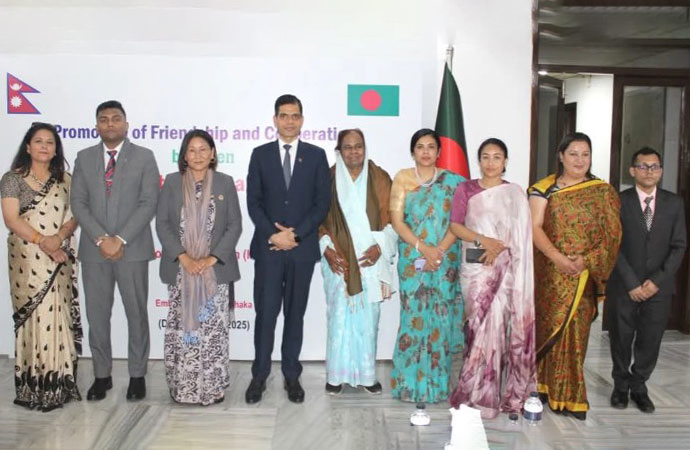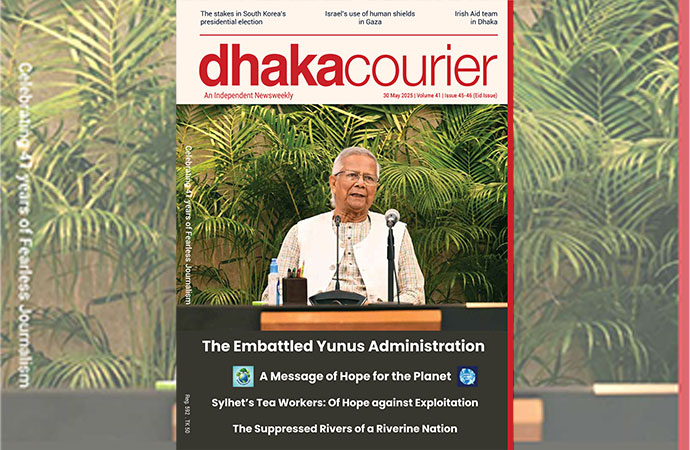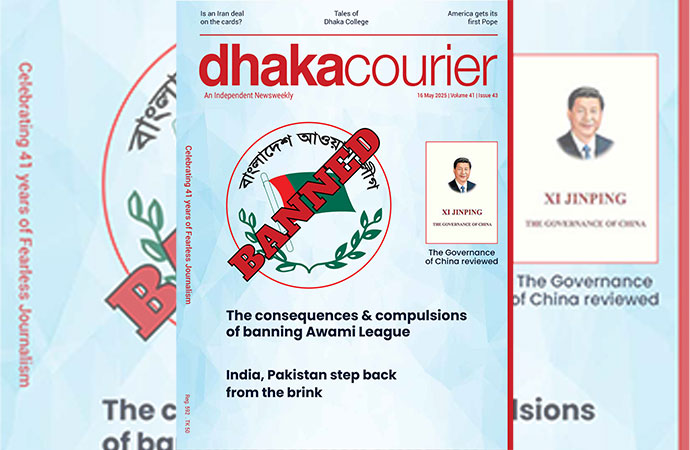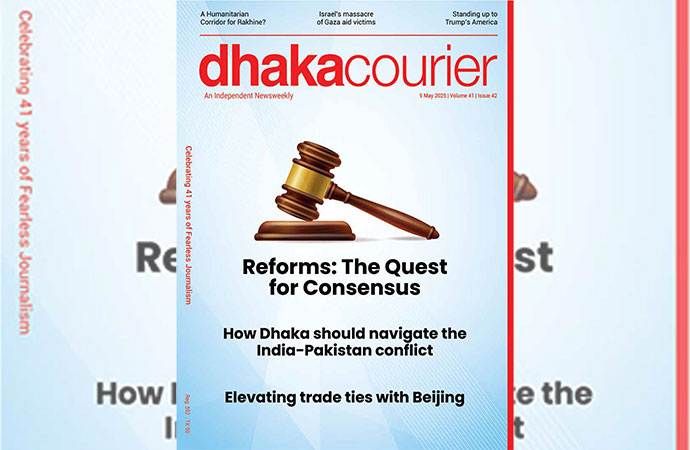Essays

Shaping Higher Education with Students: Ways to Connect Research and Teaching, Edited by Vincent C. H. Tong, Alex Standen & Mina Sotiriou, First published in 2018 by UCL Press, University College London, Pages: 348, ISBN: 978– 1– 78735– 111– 0 (PDF)
Students are the central stakeholder in any education system. However, they are often excluded from the very conversations in educational planning that determine their lives and their futures. These conversations often happen around students and not with them. But, students have of course always played a crucial role in influencing how their teachers teach. Academics are usually inspired by their students' questions and fresh ideas on their topics. Students also give specific feedback on their learning experience, thereby providing valuable information that can be used to make teaching-learning more effective. Hence, like professional educationalists, students can shape higher education pedagogy. They can put forward their ideas about the method and practice of teaching-learning in the form of scholarly writing for a wide audience.
Forging close links between research and teaching has now become a key way to enhance the quality of higher education in many parts of the world. Given the current focus on student engagement, there is widespread and growing interest in how university leaders and academics can more effectively engage with their students to connect research and teaching. In the book 'Shaping Higher Education with Students', leading researchers and educators from a range of disciplines show how students and academics can work in partnership to shape research-based education. Featuring student perspectives, it offers academics and university leaders practical suggestions and inspiring ideas on higher education pedagogy, including principles of working with students as partners in higher education, connecting students with real-world outputs, transcending disciplinary boundaries in student research activities, connecting students with the workplace, and innovative assessment and teaching-learning practices. Written and edited in full collaboration with university students and leading educator-researchers from a wide spectrum of academic disciplines, the book poses fundamental questions about the future of education in universities.
The book contains 28 chapters that are organized in three thematic sections followed by an epilogue. The first section of the book focuses on the context and scope of research-based education through student- staff partnership, which is highlighted by the R=T Framework. The first four chapters (1.1 - 1.4) situate the R=T initiative and the book project within current developments in higher education, particularly in light of burgeoning debates around student-staff partnership activity and research-based education. Then it is the students' turn to explain how they have actually approached research-based education through student-staff partnership in the next five chapters (1.5- 1.9), drawing together their experience of the R=T activities and the findings from their focus groups. Reading together, the nine chapters present a persuasive response to a vital question, "can students, like professional educationalists, shape higher education pedagogy?": the answer is a resounding "yes". By taking a values-led approach to partnership work which places learning community at its centre, the chapters in section 1 clearly demonstrate how effective, exciting and rewarding it can be for all members of the higher education community to work together to connect teaching and research and, in so doing, shape their higher education experiences.
Section 2 of the book explores how research-based education can be conceptualized as praxis, or a cycle of theory, action and reflection, for both students and academics. The 11 chapters in this section together present the students' pedagogical ideas in three broad areas of research-based education: 1) Learning as the connector between research and teaching (2.1-2.4); 2) Research-based education within the university (2.5-2.8); and 3) Research-based education beyond the university (2.9-2.11). Being involved in the production of knowledge through research-based education can encourage students to develop a critical awareness of how knowledge is created and to question the traditional power dynamic in education. For example, in Dr. Jawiria Naseem's chapter (2.10) on connecting graduates with the real world, she points out that as research-based education is more student-focused than traditional transmission methods of teaching, it makes a step toward creating a more equal dynamic between academics and students.
When students have the opportunity of producing knowledge themselves, instead of passively receiving it, they can learn to appreciate that no one knows it all, and in some situations, students might even know more than their teachers. For example, in chapter 2.6, Eirini Gallou talks about the use of technology in research-based education, and how this interaction can help challenge the traditional hierarchical relationship between academic and students. Research-based education also involves students as co-producers of knowledge which can be emancipatory and transformative, as students begin to realize what it is like to be a knowledge-producer, possibly leading them to question and become aware of how other knowledge is created. For example, in chapter 2.1, Ahmet Alptekin Topcu talks about how engaging in research-based education can show students that there is usually more than one way to answer a question, and definitely more than one way to arrive at an answer.
The final section of the book features a series of eight short case studies on research-based education through student-staff partnership in a diverse range of settings. All the case studies are co-authored (and in the majority of cases were projects that were co-designed and co-implemented) by academics and students, underlining the importance of working in a consortium setting. The eight projects are diverse in aims and approaches, from digital innovations in research dissemination (chapter 3.1) to exploiting students' linguistic diversity to foster an inclusive learning community (chapter 3.6). Reading together, the case studies offer a realistic portrait of how research-based education through student-staff partnership can be taken forward by individuals, teams and departments to help shape higher education. For example, in their exploration of the role of digital tools in the transition into university-level mathematics, Geraniou, Mavrikis and Margeti (chapter 3.5) observe that, "the transition from school to university requires a shift from an external locus of control to an internal one".
All eight case studies bring together groups of people who share a common interest to learn by doing research and engaging with each other to create a shared output to promote learning. Such social participation in learning echoes Lave and Wenger's (1991) communities of practice, defined as groups of people with shared concerns, interests or passions for something they do, who learn collaboratively how to do it better. Daniel Miller et al.'s chapter (3.1: Why We Post - a team approach to research dissemination) clearly demonstrates the development of such a community of practice in which students and staff, over a period of time, actively interact, participate, collaborate and share ideas to build a shared collection of resources - in this instance books and a MOOC (i.e. Massive Online Open Course). The book concludes with an epilogue that looks at the theme of emerging relationships between research-based education and student- academic staff partnership in the light of the R=T initiative, and argues how the initiative itself might be viewed as a form of research-based education.
The writer is an independent researcher. E-mail: smrayhanulislam@hotmail.com

























Leave a Comment
Recent Posts
Enayetullah Khan to represent ...
Enayetullah Khan, Editor-in-Chief of United News of Bangladesh (UNB), ...
The tragedy in Ahmedabad touch ...
Air crashes are inherently international incidents, and the emotions t ...
Asset recovery a key focus; breakthroughs from talks ..
'It'll inspire youths to build Bangladesh they dream ..
UK envoy Sarah Cooke happy with Yunus’ visit to Brit ..
Prof Yunus honoured with prestigious Harmony Award b ..